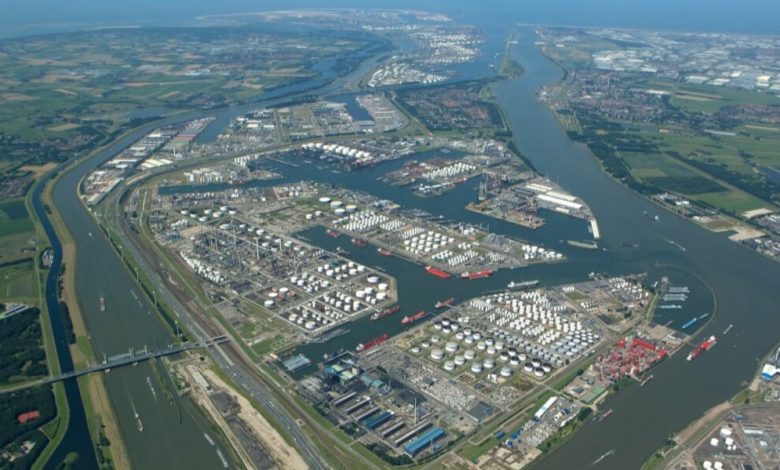IEA urges global shipping to focus alternative fuel infrastructure development at the world’s major hubs

Ahead of the major international climate summit, COP26, the International Energy Agency (IEA) has released a decarbonisation report through to 2050 containing plenty of advice for shipping and policymakers.
The IEA’s new World Energy Outlook makes it clear that clean energy progress is still far too slow to put global emissions into sustained decline towards net zero. It comes at a time where emissions from oil and coal have shown to be growing to record levels this year.
The world’s consumption of coal is growing strongly this year, IEA observed, pushing carbon dioxide (CO2) emissions towards their second largest annual increase in history.
The world’s hugely encouraging clean energy momentum is running up against the stubborn incumbency of fossil fuels in our energy systems
“The world’s hugely encouraging clean energy momentum is running up against the stubborn incumbency of fossil fuels in our energy systems,” said Fatih Birol, the IEA executive director. “Governments need to resolve this at COP26 by giving a clear and unmistakeable signal that they are committed to rapidly scaling up the clean and resilient technologies of the future. The social and economic benefits of accelerating clean energy transitions are huge, and the costs of inaction are immense.”
If all today’s announced climate pledges are met, the world would still be consuming 75m oil barrels per day by 2050 – down from around 100m today, IEA data shows. However, that plummets to 25m in the IEA’s Net Zero Emissions (NZE) by 2050 scenario.
Looking specifically at shipping and aviation, the IEA said policy measures such as blending mandates and excise duties for petroleum products would help to support the consumption of alternative fuels.
“Governments need to enhance investment in commercialising key technologies for heavy‐duty, long‐distance transport such as shipping and in aviation, including by improving incentives for such investments,” the IEA stated in its 300+ page report.
Emissions reductions in shipping and aviation are dependent on innovation in key technologies, the IEA stressed. The share of low‐carbon fuels for both aviation and shipping exceeds 15% by 2030 in the NZE, for example, but it reaches only around 6% in the scenario sticking to what has been currently pledged by the world’s governments.
The technologies in question include advanced batteries cells with an energy density of more than 400 watt‐hours per kilogramme (Wh/kg), fuel cells, advanced biofuels and synthetic fuels.
The IEA suggested the best plan to hasten the take up of alternative fuels was to focus on the world’s largest ports and airports.
Today, more than 360,000 flights have used biofuels, but only six airports have regular biofuel distribution, the IEA report states. Less than 5% of all airports handle 90% of international flights. Likewise, for shipping, the 20 largest ports in the world account for more than half of global cargo.
“There is a huge opportunity for the international aviation and shipping sectors to focus on the main demand clusters until low‐carbon technologies become more cost‐competitive,” the IEA urged.
Among a host of other interesting statistics contained in the research, it emerges that transport as a whole has the highest level of reliance on fossil fuels of any sector and accounts for 37% of CO2 emissions from end‐use sectors. In recent years, transport has seen the fastest growth in CO2 emissions of any sector as a result of increasing demand and limited uptake of alternative fuels.

We have reached critical mass — there is no time for a perfect approach to climate change. It is all-hands-on-deck right now — and all systems go. Governor Grisham is right, “clean, low-carbon” hydrogen is the “transition fuel of the future.”
Like it or not, the people that brought us the fossil fuels that have dangerously warmed our planet are also the ones who can help us cool it — by making and distributing hydrogen. They “are the ones who will make or break those efforts and policies and will shape [] innovation around the planet.”
How?
By using the business model they already have. They can “lead in the hydrogen space with[] the companies and the men and women who are” experienced in gas and oil. And since there is money in blue hydrogen, they will make it at scale — to help us cool the earth more quickly and put a dent in climate change.
The environmentalists’ objections notwithstanding, we cannot throw out the baby with the bathwater. Nor can we allow our pursuit of the perfect hydrogen (green) to get in the way of the good hydrogen (blue) with which we can get things started and build the infrastructure to deliver hydrogen to those that need it.